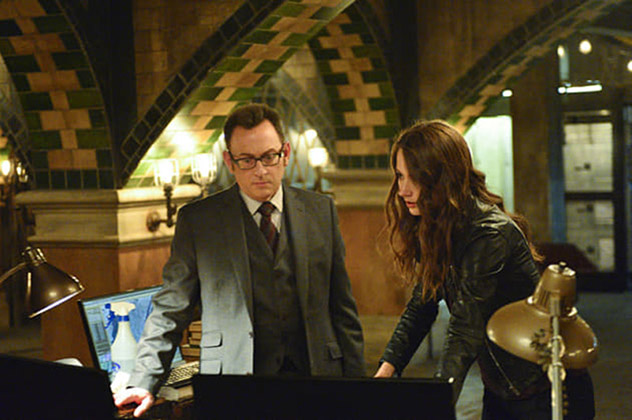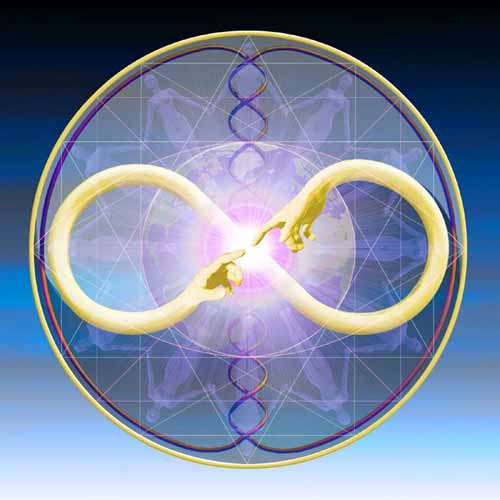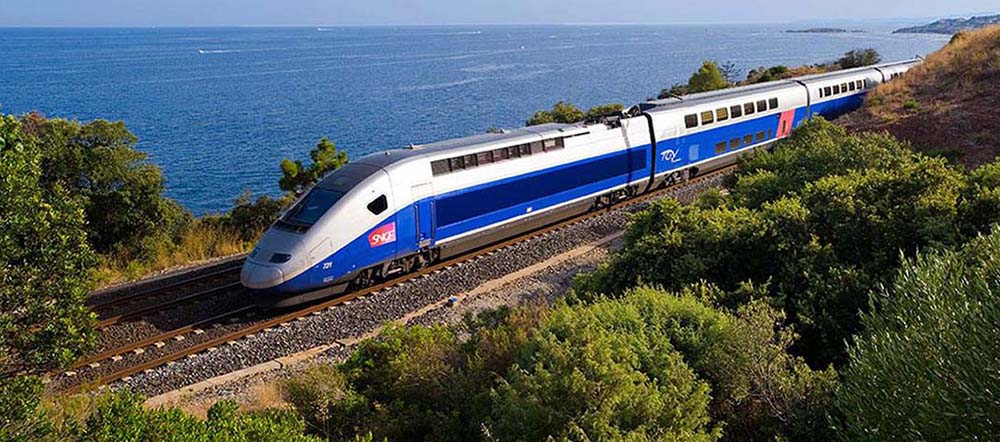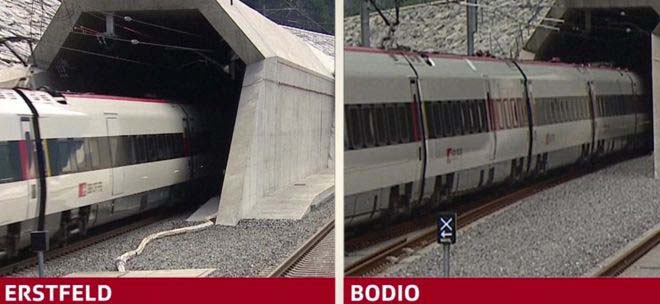If you're like me, you've watched Person of Interest over the last five seasons having embraced the experience and are saddened to see it come to an end ... yet anxious to see how it all turns out before it Fades to Black. "Person of Interest" hinges on government conspiracies and corruption mirroring the simulation of our reality. There's surveillance of citizens, murder and mayhem as A.I.s run the world (simulation/hologram). Man versus machine - who determines the final outcome? The answer is the creators.
If you did not see Tuesday's night's episode of "Person of Interest" but plan to watch it later ... don't read any further. For other readers ...

"The Day the World Went Away" was the show's 100th episode - and one of its most galvanizing. From the start, we see Harold, the Machine's creator (Michael Emerson), and Root, the Machine's analog interface (Amy Acker), struggling with their philosophies and the future of the Machine or A.I. I actually went back to their intriguing dialogue at the beginning of the episode after watching the end. For me, it's one of those episodes that I save and will watch over and over.
This was an adrenaline filled hour and a program game changer. Best of all was the stellar performance by Michael Emerson as he speaks to Samaritan (A.I.) at the end. He's been lost over the past year believing himself to be a man of principles now facing the consequences of his actions. Harold and his machine are about to go on the offensive, as he gives her the freedom to make her own decisions. The death of Harold's friends becomes the catalyst for his transition into what remains for the final three episodes. Killed last night were Elias - yes, we can love a Mafia boss from Brooklyn - and Root, who "ascends" becoming the voice of Harold's machine and her namesake.
My favorite scene (33 minutes into the show) - was Root explaining to Harold that we are all part of a simulation. In a chase scene with the bad guys, Root turns to Harold and says, "The real world is essentially a simulation. Even if we're not real, we represent a dynamic - a tiny finger tracing a line in the infinite ..."


I find traveling though Europe by train far more inviting than the rail systems in the US. Along the way I met other passengers who spend their vacations traveling through Europe by train then circling back to their home city. Great way to go.
In the news today
Switzerland Gotthard: World's longest and deepest rail tunnel opens BBC - June 1, 2016
 The world's longest and deepest rail tunnel has officially opened in Switzerland, after almost two decades of construction work. The 57km (35-mile) twin-bore Gotthard base tunnel will provide a high-speed rail link under the Swiss Alps between northern and southern Europe. Switzerland says it will revolutionize European freight transport. Goods currently carried on the route by a million lorries a year will go by train instead. The tunnel has overtaken Japan's 53.9km Seikan rail tunnel as the longest in the world and pushed the 50.5km Channel Tunnel linking the UK and France into third place.
The world's longest and deepest rail tunnel has officially opened in Switzerland, after almost two decades of construction work. The 57km (35-mile) twin-bore Gotthard base tunnel will provide a high-speed rail link under the Swiss Alps between northern and southern Europe. Switzerland says it will revolutionize European freight transport. Goods currently carried on the route by a million lorries a year will go by train instead. The tunnel has overtaken Japan's 53.9km Seikan rail tunnel as the longest in the world and pushed the 50.5km Channel Tunnel linking the UK and France into third place.
France industrial unrest: Open-ended strike brings rail misery BBC - June 1, 2016
An open-ended rail strike is under way in France just nine days before the country hosts the Euro 2016 football tournament. Only 60% of high-speed trains and between a third and a half of other services are expected to run, according to the state rail company (the SNCF)
The Orient Express was the name of a long-distance passenger train service created in 1883 by Compagnie Internationale des Wagons-Lits (CIWL). The route and rolling stock of the Orient Express changed many times. Several routes in the past concurrently used the Orient Express name, or slight variants thereof. Although the original Orient Express was simply a normal international railway service, the name has become synonymous with intrigue and luxury travel. The two city names most prominently associated with the Orient Express are Paris and Constantinople (Istanbul), the original endpoints of the timetabled service.
The Trans-European Rail network is made up of the Trans-European high-speed rail network as well as the Trans-European conventional rail network. The rail network is one of a number of the European Union's Trans-European transport networks (TEN-T).
